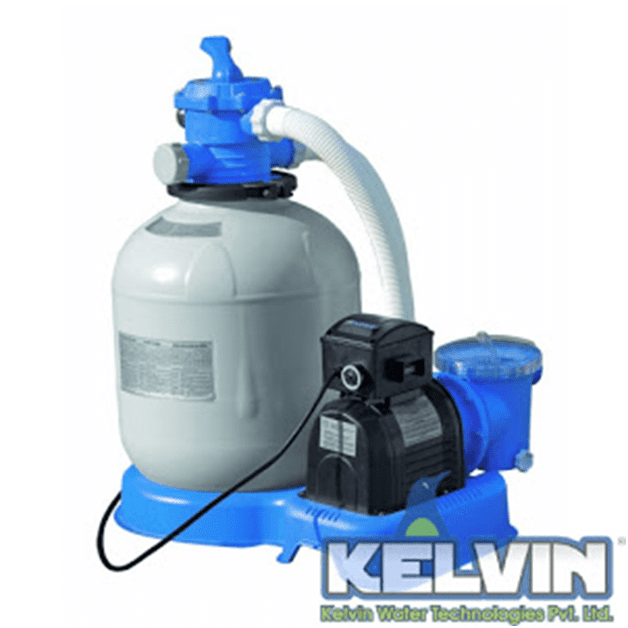Water Softener
Basically, to choose between Atkins Enviro Water Technologies has taken step for processing the hard water and makes it usable. Hard water consists of excess quantity of calcium and magnesium which is highly dissolved in water but not suitable for drinking purpose. In fact, hard water may create many problems:-
-
Decrease the water flow rate
-
Increased electricity cost while heating or boiling
-
Washing is not performed in better way
-
Leave white stain on the glass surface
-
Highly indigestive
-
Not suitable for skin
Softening of water is processed through the ion exchange and precipitation methods. This process rely on removing mainly two minerals i.e., calcium and magnesium with the flow of sodium. In this process, two separate tanks are associated with a pipe. These two separate tanks denote the brine tank and mineral tank. Mineral tanks consist of raw water containing minerals where as brine consists of the sodium chloride and both tanks are connected with a tube or pipe. As the process started, surface of vessels contains the calcium and magnesium which is flushed through the flow of sodium (salt) which is perfect and powerful solution for the minerals.
Basically two types of softeners are present to purify the hard water
-
Chemicals based softeners which is usually used in laundries to wash clothes by removing the magnesium and calcium but this water is not fit for drinking.
-
Packaged water softeners are of two types – precipitating softeners such as washing soda and borax which react upon the calcium and magnesium and improves the cleaning efficiency, whereas in non-precipitating softeners, phosphates are used for removing the minerals to great extent.
Advantages
-
Easy to install and operate
-
Environment friendly
-
Cost effective
-
User friendly
-
High quality water
This kind of soften water is used for many purposes such as, washing, air conditioner, boiler feed, ice plant, food processing, pharmaceuticals, automobile, etc.
Atkins Enviro Water Technologies helps to soften the hard water through the proper process which is efficient way or reducing the hardness of water. These water softener plants are not much heavy and so they are movable from one place to another.
Features and Applications of Water Softening Plant
| Features and Specifications | Applications |
|---|---|
| User Friendly | Beverage Production |
| Increases the efficiency of appliances and the plumbing system | Air Conditioning Plant |
| Less power consumption | Chemical and Textiles |
| Automatic Regeneration | Pharmaceuticals industry, Process industry |
| Long life and durable | Boiler feed, Product finishing |
| Best quality of material and resin | Laboratory, Dying Process |
| Easy to install plant | Hospital, Hotels, Laundries etc |
| Easy to maintain (low maintenance cost) | Cooling Tower |
| Compact model | Water Power Plant, Ice Plant |
| Require less space | Food Processing |
| FRP/MS/SS pressure vessels | Swimming Pools |
Water Softening Plant Maintenance
Softening of water is processed through the ion exchange and precipitation methods. This process rely on removing mainly two minerals i.e., calcium and magnesium with the flow of sodium. In this process, two separate tanks are associated with a pipe. These two separate tanks denote the brine tank and mineral tank. Mineral tanks consist of raw water containing minerals where as brine consists of the sodium chloride and both tanks are connected with a tube or pipe. As the process started, surface of vessels contains the calcium and magnesium which is flushed through the flow of sodium (salt) which is perfect and powerful solution for the minerals.

Water Softening Plant Services
Water Softeners are of two types – precipitating softeners such as washing soda and borax which react upon the calcium and magnesium and improves the cleaning efficiency, whereas in non-precipitating softeners, phosphates are used for removing the minerals to great extent.






 Web Mail : Info@atkinsindia.com
Web Mail : Info@atkinsindia.com Customer Care Number : +91 9992227788
Customer Care Number : +91 9992227788 Web Link : www.atkinsindia.com
Web Link : www.atkinsindia.com









